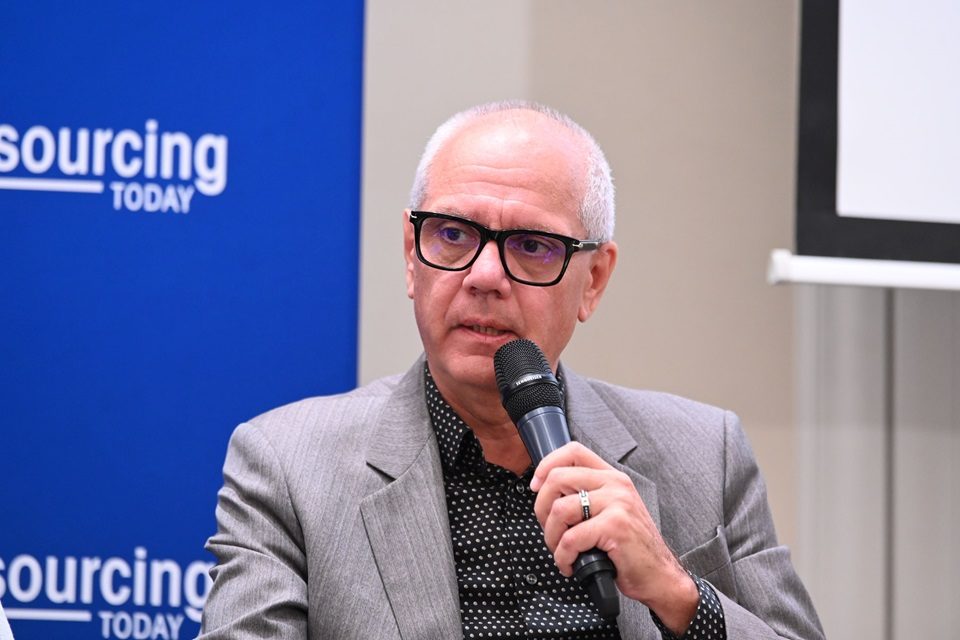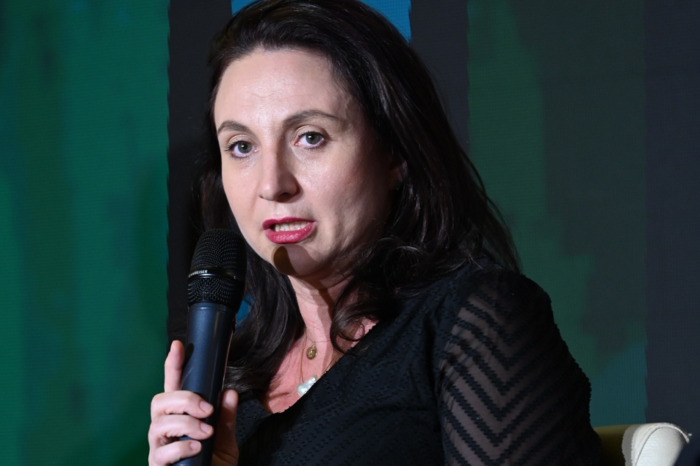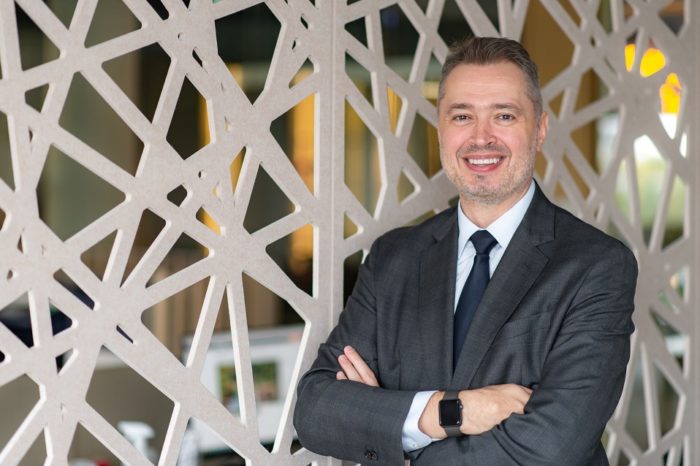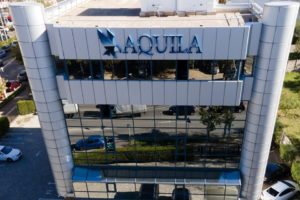Alexandru Visan, Nuclearelectrica: “Our intention in the next decade is to build small modular reactors in critical areas of the country”

“We have ambitious projects that are ongoing and in advanced stages. We have the project to modernise Unit 1 from Cernavoda, which will bring another 30 years of nuclear energy. We have the project of Units 3 and 4 for which we have a project company (EnergoNuclear) and we are in negotiations for an EPCM contract for these 2 units. The buildings are already in place, and we intend to put the future reactors into operation at the beginning of the 2030s.
Units 3 and 4 will bring another 1,400 MW to the energy system in Romania. We have undertaken to bring at least 2000 MW in the next decade to Romania, which ensures the safety of the energy system and sustainability for decades. Keep in mind that the nuclear unit works for 60 years in 2 cycles (30 + 30),” Alexandru Visan, COO Nuclearelectrica said during Green Energy Conference organized by The Diplomat-Bucharest.
“In addition, the Doicesti project is very important and motivating for us. Our intention in the next decade is to build other projects of SMRs or small modular reactors in the critical areas of the country.
No decision has been made regarding the location of future nuclear plants, but in my opinion they must be located in the country in such a way as to balance the energy system both from the perspective of production and transport.
We are also thinking about balancing the system by storing energy.
We have started to analyse this business opportunity and we are also analysing the business opportunity for when we will shut down Unit 1 at Cernavoda in 2026-2027. The renovation of the units will take about 30 months, but we hope that this process will be completed even sooner. 10 other CANDU units in the world have already been refurbished, so we have experience to rely on.
During the refurbishment of Unit 1, we will investigate the possibility of producing energy through other means to support the energy system.
The critical infrastructure is that of transmission and distribution. This infrastructure must remain with the state.
The resilience of this nuclear system is important, and we must have predictability, defend ourselves from potential external or internal risks and be able to support the energy system.
Nuclearelectrica is a social player, we support higher education, we have dual education, we want to create a local workforce, we are thinking of bringing back the specialists who left the country and whom we consider important for our business.
One of my goals is to develop the Magurele Institute and to have a collaboration with them so as to strengthen both the nuclear research part, but especially the nuclear engineering part, where we have kind of lost our expertise in the last 17-18 years since we commissioned Unit 2 in 2007.”














